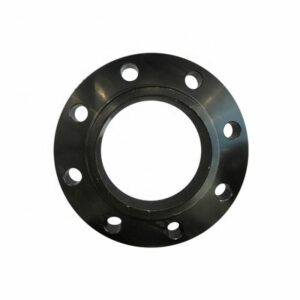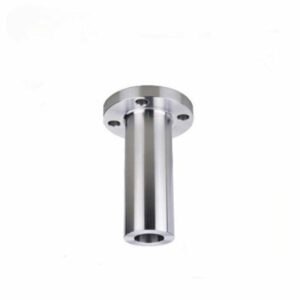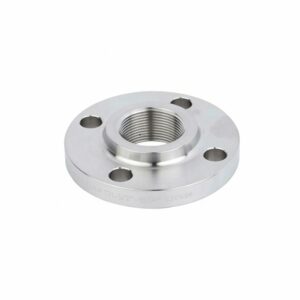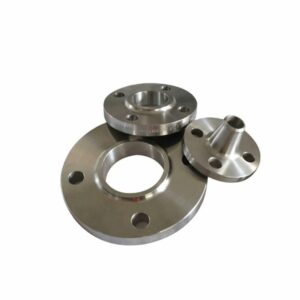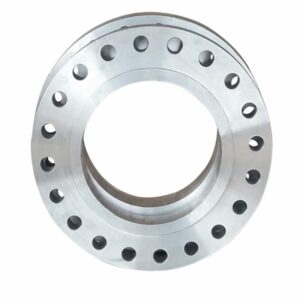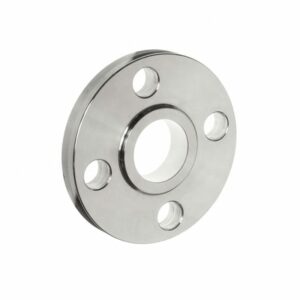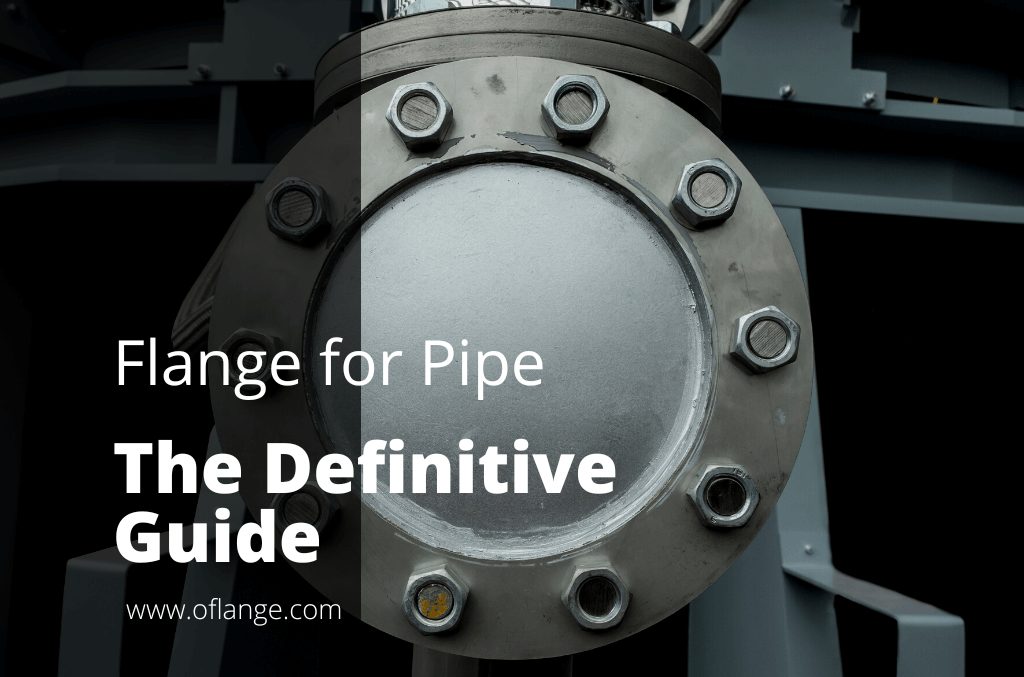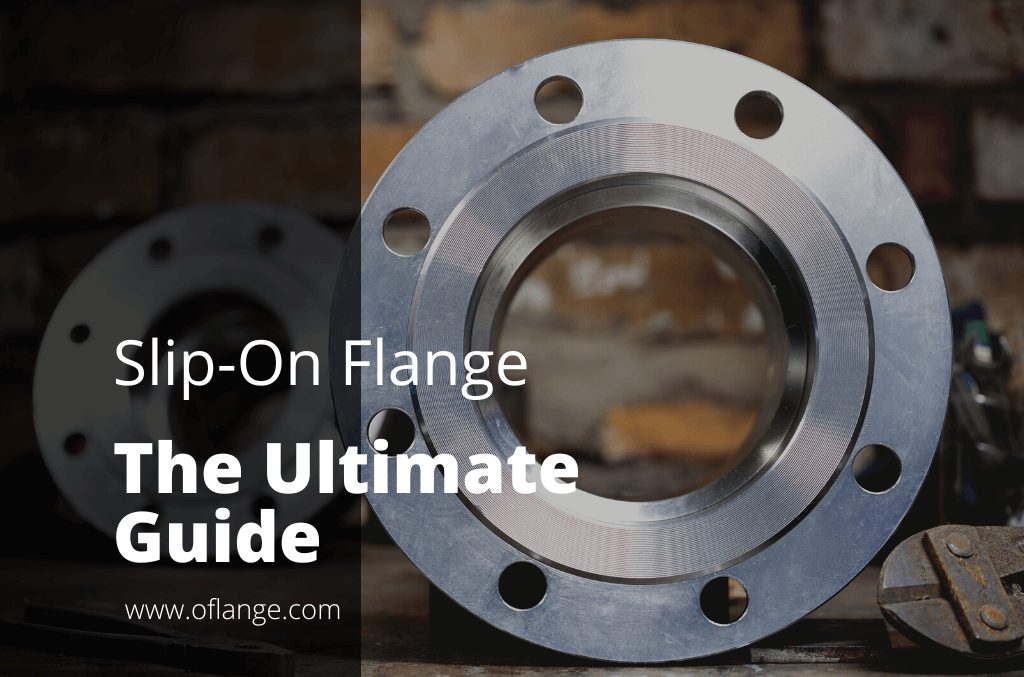PRODUCT FEATURES
Pipe Flange Manufacturer to Rocket Your Business
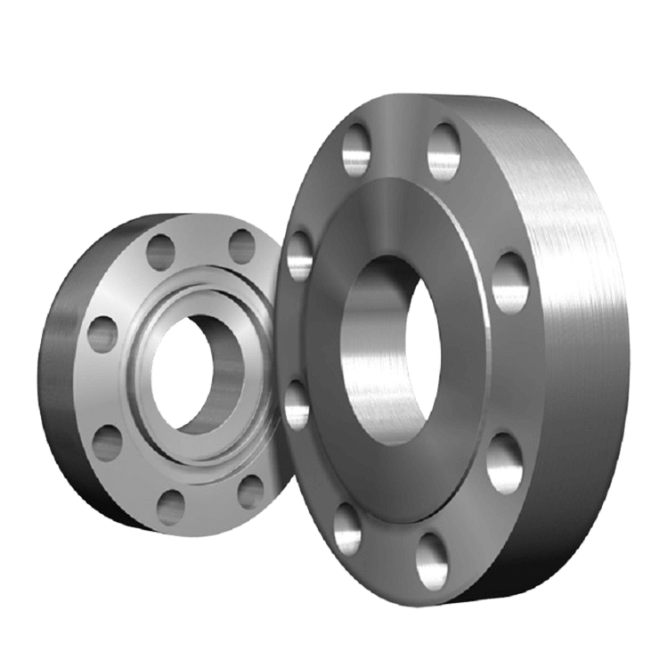
PRODUCTS
Proud To Offer A Wide Variety Of Flanges
If you are looking for something specific that isn’t listed on our website yet, just contact us today!

ABOUT US
Who Is Oflange.com
oflange.com have seen that today there are also many flange companies in China & internationally. However, their solutions were still stuck a few years ago.
In fact, we have been upgraded in recent years, and oflange.com hope our smart and flexible solutions can inject fresh blood into this market.
PARTNER
Who Trust Us





BUYER’S GUIDE
The Definitive Guide to Flange for Pipe 2022
When it comes to pipe fittings, flanges are one of the most important components. But with so many different flange types available, it can be difficult to know which one is right for your business.
There are several different types of flanges available, each with its advantages and disadvantages. It’s important to select the right flange type for your clients’ application as using the wrong flange can lead to leaks or other problems.
In this comprehensive guide, we will discuss everything you need to know about flanges: what they are, how they work, and the different types available. By the end of this article, you will be able to select the right flange for your needs with confidence. Let’s get started!
Table of contents
1. Flange for Pipe Definition and Its Uses
A flange is a type of pipe fitting that is used to connect two pipes. It is typically a flat disc with a hole in the middle that allows it to be bolted onto the end of one pipe. The flange then seals against the surface of the other pipe, creating a watertight seal.
Flanges are available in a variety of sizes and shapes and can be made from a variety of materials including stainless steel, brass, aluminum, and plastic.
They are commonly used in plumbing systems, but can also be found in other industries such as petrochemical processing, power generation, and shipbuilding.
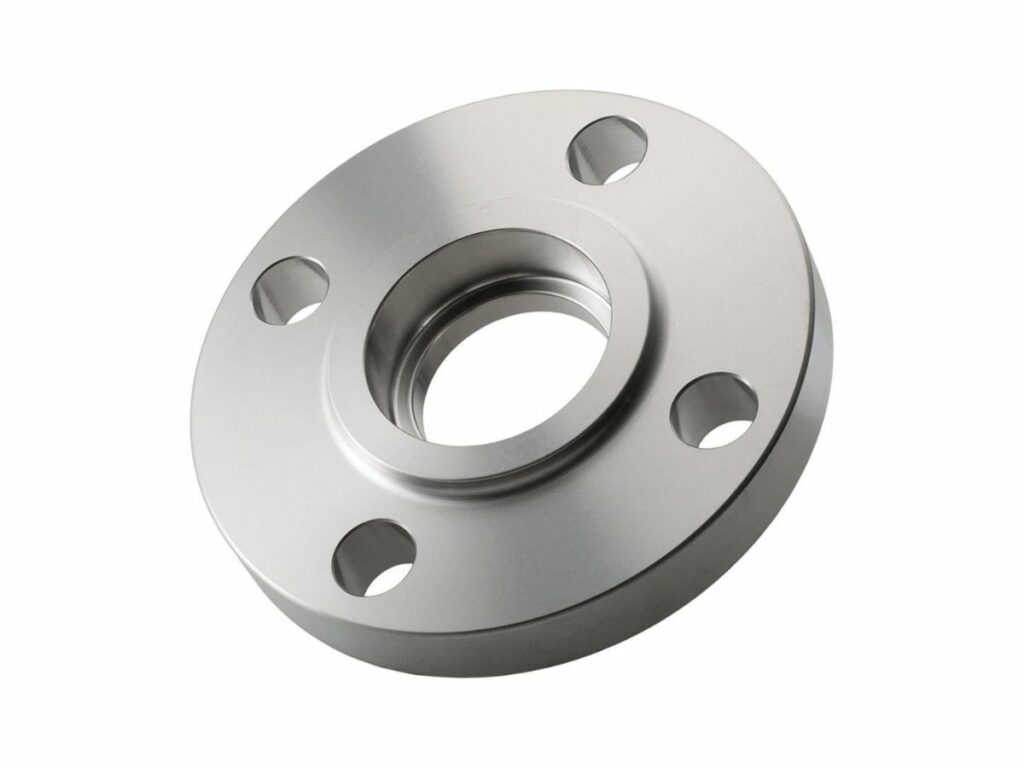
2. Step by Step Guide on How to Install a Flange for Pipe
Here is a step by step guide on how to install a flange for pipe.
Step #1 Measure the Pipe
Before you can install a flange, you first need to measure the pipe. You will need to know the diameter of the pipe and the thickness of the wall.
Step #2 Cut the Pipe
Use a pipe cutter to cut the pipe to length. Be sure to cut it straight so that it will fit properly against the flange.
Step #3 Deburr the Pipe
Use a deburring tool to remove any sharp edges or burrs from the cut pipe. This will help ensure a good seal against the flange.
Step #4 Clean the Pipe
Clean the pipe with soap and water to remove all dirt and grease. This will help ensure a good seal against the flange.
Step #5 Install the Flange
Install the flange on the end of the pipe using the bolts provided. Be sure to tighten them securely.
Step #6 Test for Leaks
Once the flange is installed, test for leaks by filling it with water. If there are any leaks, tighten the bolts until they are snug.
3. The Benefits of Using a Flange for Pipe in Plumbing System
Here are some of the benefits of using a flange for pipe in the plumbing system.
Leak-Proof
One of the biggest benefits of using flanges is that they create a leak-proof seal between two pipes. This prevents water from leaking out and causing damage to the surrounding area.
Ease of Installation
Flanges are easy to install, especially compared to other types of pipe flanged fittings. They can be bolted onto the end of a pipe quickly and easily, without the need for any special tools.
Versatility
Flanges come in a variety of sizes and shapes, so you can find one that will fit your needs. They are also made from a variety of materials, including stainless steel, brass, aluminum, and plastic, so you can choose the one that is best suited for your application.
Durability
Flanges are made from durable materials, so they can withstand repeated use without breaking or cracking. They can also withstand high pressure and temperature.
Cost-Effective
Flanges are a cost-effective way to connect two pipes. They are less expensive than other types of pipe fittings, and they are easy to install.
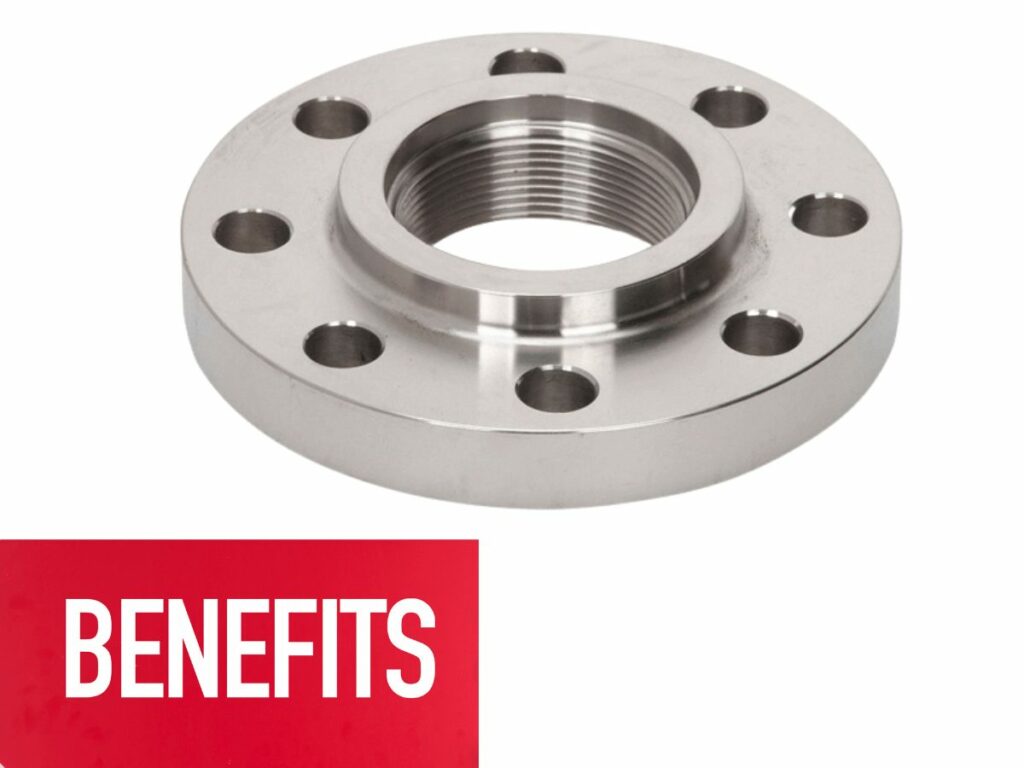
4. The Different Types of Flanges Available on the Market
There are several types of pipe flanges available in the market. Here are some of the most common ones.
| 1 | Socket Weld Flange |
| 2 | Threaded Flange |
| 3 | Slip-On Flange |
| 4 | Lap Joint Flange |
| 5 | Weld Neck Flange |
| 6 | Weld Neck Flange |
| 7 | Blind Flange |
Socket Weld Flange
A socket weld flange is a type of flange that is used to connect two pipes. It is typically a flat disc with a hole in the middle that allows it to be bolted onto the end of one pipe. The flange then seals against the surface of the other pipe, creating a watertight seal.
Threaded Flange
A threaded flange is a type of flange that is threaded onto the end of a pipe to flange. It is commonly used as plumbing flanges and can be tightened with a wrench to create a watertight seal.
Slip-On Flange
A slip-on flange is a type of flange that attaches to the end of a pipe. It is typically made from forged steel and has a hub on one side and a face on the other. The face of the SO flange has machined threads that mate with the threaded ends of pipes.
Lap Joint Flange
A flange is a type of connector used to join two pieces of pipe. Lap joint flanges are usually made from cast iron or forged steel and have a raised face on one side. The flanges are bolted together and the gasket is sandwiched between the flanges. Lap joint flanges are available in sizes from ½” to 72″.
Orifice Flange
An orifice flange is a type of flange that is used to connect two pipes. The orifice flange has a hole in the center of it, which allows fluid to flow through. This type of flange is often used in conjunction with a metering device, which measures the amount of fluid that flows through the pipe.
Weld Neck Flange
A weld neck flange is a type of flange that is used to connect two pieces of pipe. The flange is attached to the end of one pipe, and the other pipe is then inserted into the flange. A weld is then performed around the circumference of the flange, which connects the two pipes.
Blind Flange
A blind flange is a type of flange that is used to seal the end of a pipe. It does not have any holes in it, so it cannot be used to regulate the flow of fluid through the pipe.
So there you have it, everything you need to know about flanges for pipe. Be sure to use flanges in your plumbing system for a leak-proof seal.
To know more about the piping flange types, watch this video.
5. Flange for Pipe Average Price
The flange for pipe average price will depend on the size and material of the flange. Generally, a flange for pipe ranges from USD 0.50 to USD 25 each, depending on the size and material. Stainless steel flanges are typically more expensive than brass or aluminum flanges.
The average price for a slip-on flange is around USD 15, while the average price for a lap joint flange is around USD 25. Orifice flanges can range in price from around USD 15 to USD 50, depending on the size of the orifice.
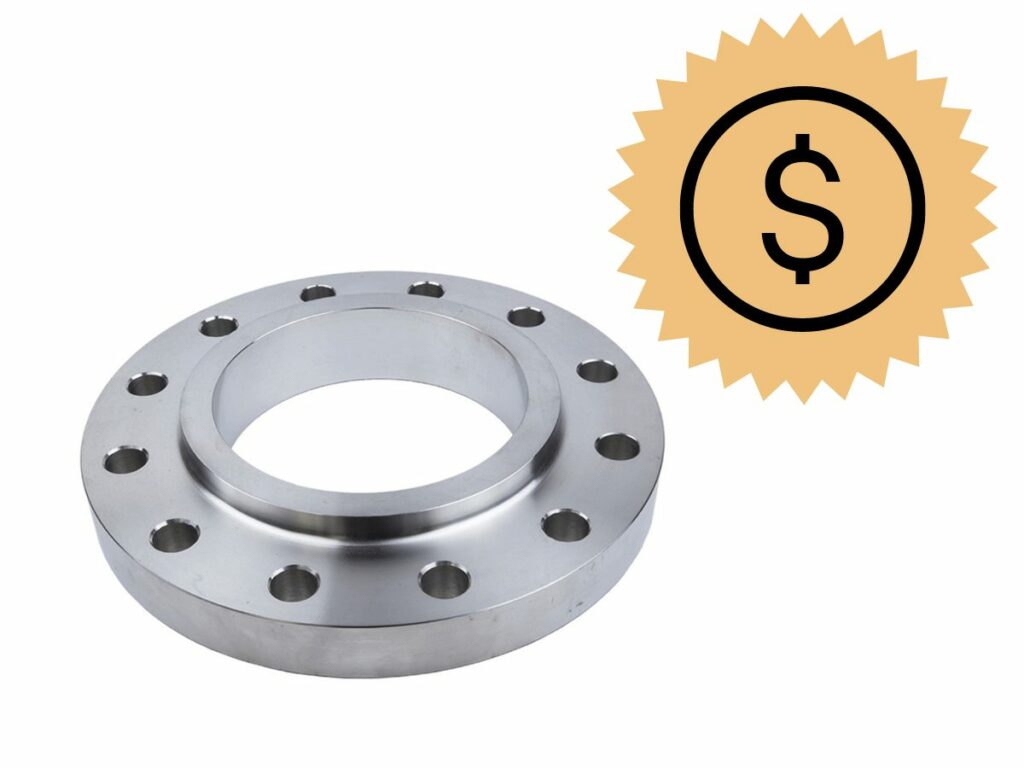
6. Where to Purchase Flange for Pipe in Bulk
If you need to purchase flange for pipe in bulk, there are several places you can go. Some of the most popular options include:
- Online retailers
- Hardware stores
- Manufacturers such as Oflange
Most of these days, people tend to buy flange online. So make sure to read reviews about suppliers of flanges online and then make a decision accordingly. Also, be sure to compare prices before purchasing to ensure you get the best deal.
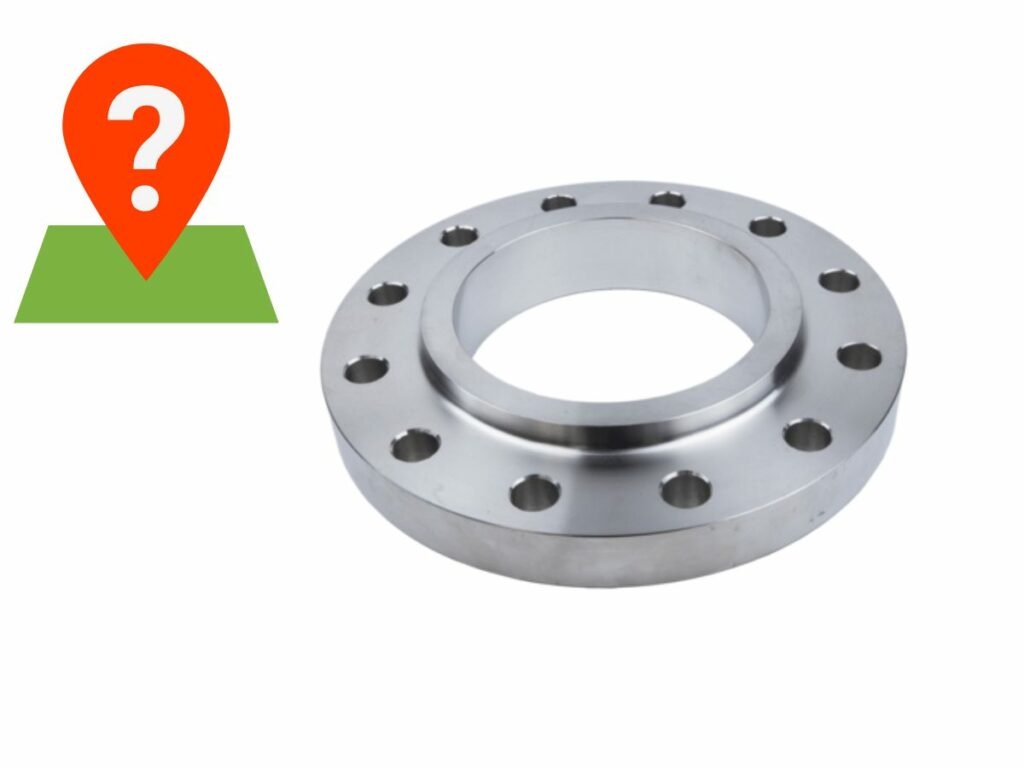
7. Some Common Problems That Can Occur When Installing or Using Flanges
Here are some of the common problems that can occur when installing or using flanges.
Leaking Flanges
One of the biggest problems with flanges is that they can leak. This can cause water damage and expensive repairs.
Improper Installation
If flanges are not installed properly, they can come loose and cause a watertight seal to break. This can lead to leaks and other problems.
Wrong Size Flange
Using the wrong size flange can cause problems such as leaks, cracks, and improper alignment. Be sure to use the correct flange size for your application.
Damaged Flanges
If flanges are damaged, they may not be able to withstand high pressure or temperature. This can lead to leaks or other problems.
Uneven Bolt Stress
If the bolts that hold flanges in place are not evenly stressed, they can loosen and cause a watertight seal to break.
Thermal Shock
Thermal shock can cause flange leakage. Thermal expansion and contraction of the flanges and bolts can create high stresses that may lead to failure. Flanges pipe should be designed for the anticipated maximum temperature differential.
The flange gasket must also be able to withstand thermal shock without damage. A graphite gasket is a good choice for this type of service.
Improper Alignment
If flanges are not properly aligned, they can cause leaks and other problems. By using a pipe flange spacer ring, you can ensure that flanges are properly aligned.
Inefficient Seal
If the flange seal is not effective, it can cause leaks and other problems.
High Vibration Level
One of the main reasons for flange failure is the high vibration level. If your plant has a high-vibration environment, it’s important to use flanges that are specifically designed for that type of application. Some flanges are more resistant to vibration than others, so be sure to ask your supplier which flange would be best for you.
If you experience any of these problems, be sure to consult a professional for help. Leaking flanges can cause water damage to your home or business, so it is important to address the issue as soon as possible.
8. 5 Tips on Proper Care and Maintenance of Flange for Pipe
Here are a few tips on proper care and maintenance of flange for pipe.
#1 Clean Flanges Regularly
It is important to clean flanges regularly to prevent corrosion and other problems. Be sure to use a mild detergent and warm water. Do not use harsh chemicals or abrasives, as they can damage the flange surface.
#2 Inspect Flanges for Damage
Be sure to inspect flanges for damage regularly. If you notice any damage, take corrective action right away. Damaged flanges may not be able to withstand high pressure or temperature, which can lead to leaks or other problems.
#3 Follow Flange Bolt Torque Chart
You should also check the bolts that hold the flange in place for correct torque. The bolt torque chart should be followed to ensure that the flange is properly secured.
#4 Inspect Gaskets for Damage
Inspect the gaskets regularly for damage. If you notice any damage, replace the gasket right away. Damaged gaskets can cause leaks and other problems.
#5 Use Appropriate Flange for Your Application
Be sure to use the correct flange for your application. using the wrong flange can cause problems such as leaks, cracks, and improper alignment.
By following these tips, you can help ensure that your flanges run smoothly and without problems.
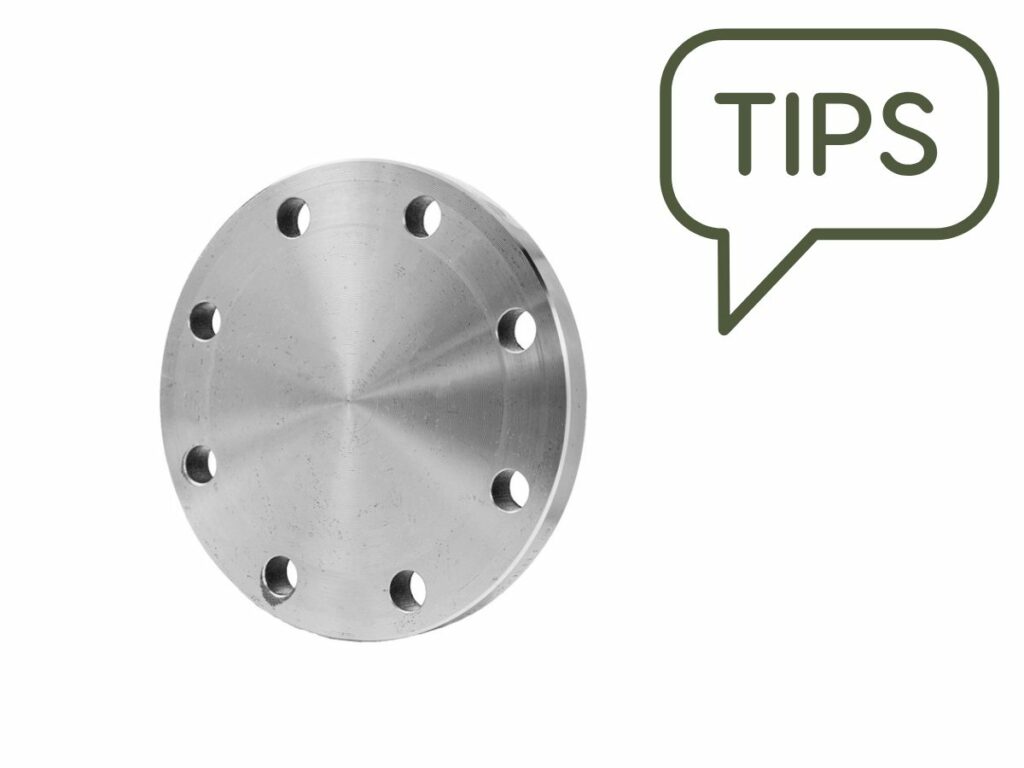
9. Conclusion
Flanges are an important part of your plumbing system. They provide a watertight seal and help prevent leaks.
Many potential issues can arise from flange use so it is important to use the correct flange for your application and to follow the proper care and maintenance procedures. By doing so, you can ensure that your flanges run smoothly and without problems.
If you have any questions, please do not hesitate to contact us at Oflange and we would be happy to assist you.
